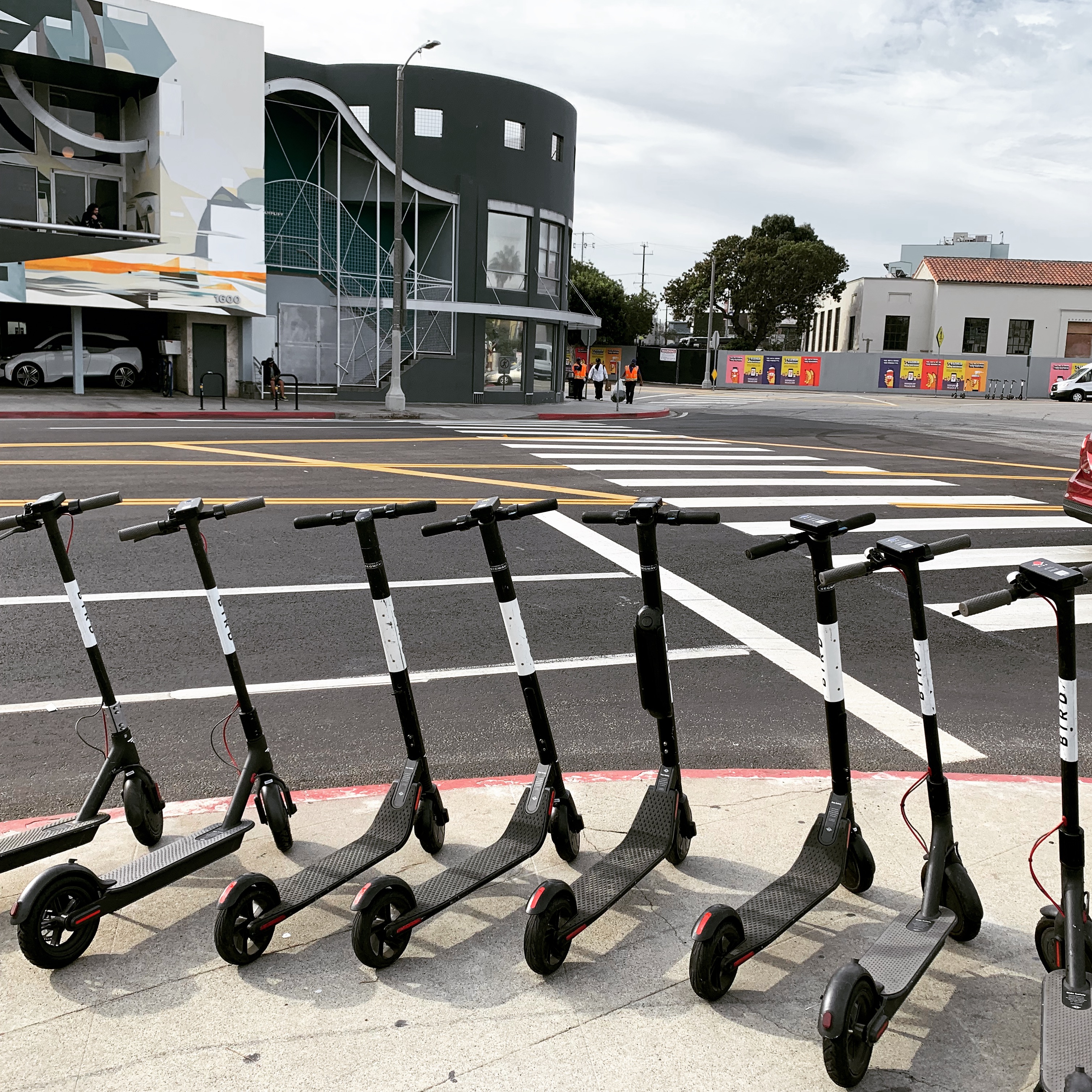City Council Hearing on Motorized Modes
The New York City Council Transportation is discussing a bill that would permit the operation of throttle electric bikes and scooters in New York City. The hearing on January 23, 2019, in a packed room, ran for five hours, with impassioned discussion. Much of it focused on the New York Police Department’s confiscation of more than 1,000 e-bikes from delivery workers in 2018. The Department of Transportation and City Council are working to ensure these workers can continue to earn a living while using e-bikes safely.
The room was primarily pro-scooter, although Polly Trottenberg expressed hesitation about introducing new modes to already-crowded streets and sidewalks. She faces a significant challenge: endorsing efficient, car-free modes while ensuring the safety of all New Yorkers.
Below is the testimony provided by Sarah Kaufman, NYU Rudin Center for Transportation Associate Director.
Testimony to The New York City Council Transportation Committee:
Why and How NYC Should Introduce E-Bikes and E-Scooters
Sarah M. Kaufman, Associate Director, NYU Rudin Center for Transportation
January 23, 2019
My name is Sarah Kaufman, and I am the Associate Director of the Rudin Center for Transportation at NYU.
I am pleased that the City Council is considering new motorized modes of transportation, the electric scooter and bike.
New York City has more than 25 modes of transportation, according to the NYU Rudin Center’s Mobility Factbook. These options are essential for New Yorkers, who rely on subways, buses, taxis, bikes and personal cars, depending on their travel needs.
I encourage you add e-scooters and e-bikes to the transportation choices available to New Yorkers. I would like to explain how they will benefit New Yorkers and the city as a whole.
E-bikes and scooters will help the city reach its congestion and air quality goals. They expand access to public transportation by providing a first and last mile solution. In other cities, such as San Francisco, Portland and San Diego, scooter users report replacing car or ride-hail trips with scooters. These trips tend to be just over one mile, the same distance as one-third of taxi trips in New York.
If we truly want to disincentivize cars from driving in Manhattan, we must provide alternative modes.
Dockless e-scooters and e-bikes will also help New York become a more equitable city. In other cities, lower-income residents, people of color, and women are using these modes at higher rates than they are using traditional bike share, according to several studies. For example, according to research firm Populus, African-American people in Washington, DC, have used dockless modes at 2.6 times the rate they use the city’s Capital Bikeshare.
Furthermore, as we have discussed today, e-bikes propel New York’s food delivery economy, primarily comprised of immigrants from Asia and Latin America. These workers are often paid based on how many meals they deliver within a shift, and e-bikes significantly improve their productivity. It is essential that just as pedal-assist Citi Bikes are permitted to use the streets, people who rely on throttle bike technology for their livelihoods are also permitted.
In New York, the Citi Bike system is beneficial, but heavily skewed toward male riders: according to our research at the NYU Rudin Center, women take less than a quarter of Citi Bike trips. Typically, women attribute a lack of urban biking to fear of dangerous traffic, need to provide caregiving trips to young or elderly dependents, and aversion to showing up sweaty to work. However, when presented with electric modes that require less exertion, removing the last barrier of use, women are more likely to use the mode. In Lime’s dockless e-bike pilot in New York in the summer of 2018, women’s ridership reached 31% of trips. Nationally, 72 percent of women report viewing scooters positively, according to the same Populus study. The new mode has virtually no learning curve, can be ridden in work attire, and helps them take the micro-trips that are part of women’s travel patterns of multiple short trips throughout the day.
However, there is understandable fear and anxiety of riding scooters on New York City streets. I have ridden a Bird Scooter throughout the bike lanes of Manhattan. The trips are mostly joyful, with the exception of hazardous midtown traffic. This danger is primarily due to the lack of protection of active mode users from large vehicles.
Should New York City legalize scooters, it should also provide a safe space for them to operate, structurally separate from both pedestrians and cars. Protected bike and scooter lanes must be built and maintained. In addition, in order to manage the issues seen elsewhere of scooters obstructing sidewalks, New York also must consider installing dedicated parking to these modes. About eight e-scooters can fit where a single car is parked, in effect providing eight separate rides where previously there was only one. In addition, serious financial penalties could be imposed on scooter customers who park badly or ride on sidewalks.
New York can learn from other cities how best to manage motorized scooters. Most notably, Los Angeles will soon be able to monitor and manage scooter ridership in real-time, so they can track mobility patterns and inform users about temporarily closed streets. This real-time management puts L.A. government in control of the mode, restrict or permit it depending on external conditions, and measure community impacts.
Other cities, like Santa Monica, have implemented dynamic caps, which may be beneficial to controlling the number of scooters on the street.
Denver has required scooter companies to locate scooters at transit stations to ensure last-mile solutions. Giving New Yorkers, especially those in outer boroughs, a fast trip home from the subway would lead to a more seamless integration of the new mode.
Overall, e-scooters and e-bikes fundamentally fit into New York City’s transportation landscape and larger policy goals. They reduce traffic congestion, boost air quality, and improve mobility for all New Yorkers.
Thank you for your time and attention.
